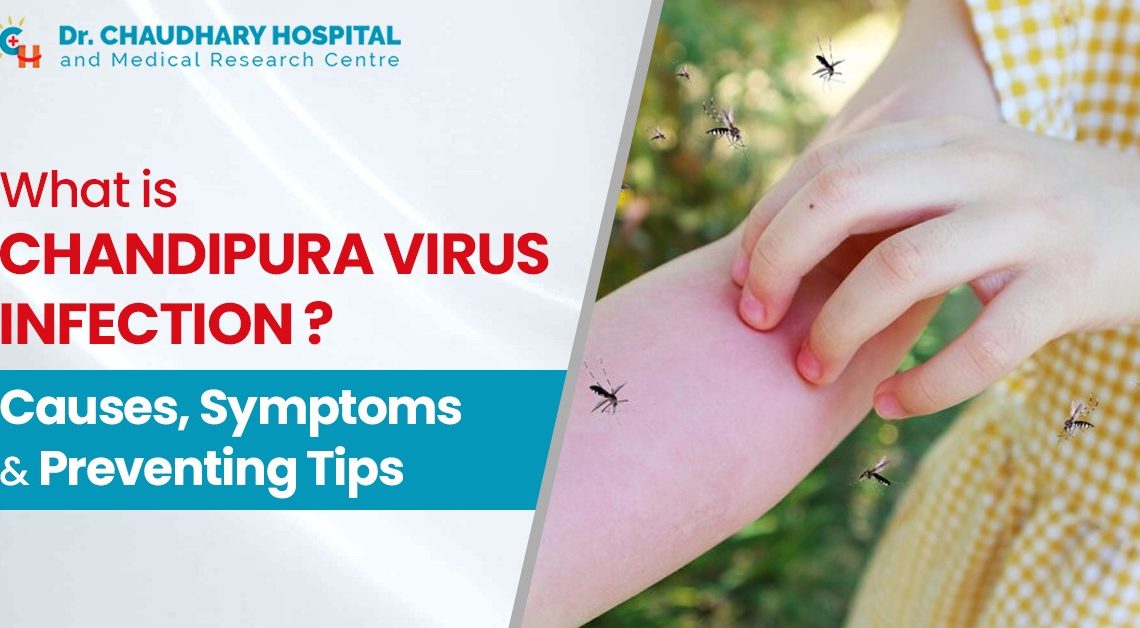The monsoon season is on our head, the cooling showers and soft breezes are here to relieve us from the scorching heat of the summer. However, as cool as it seems, the monsoon season brings a lot of humidity, water diseases, and other health concerns. These altogether challenge our immune system, and all individuals face a risk of getting sick. As the rain transforms the weather from scorching heat to coll breezy showers, we also need to transform our health habits to stay robust and resilient. Here’s how you can fight with your strong immunity against all odds of the monsoon.
How Can You Boost Your Immunity in the Rainy Season?
Increase your Vitamin C Intake
Vitamin C is the best immune booster. This vitamin protects a person against all odd diseases and infections during the rainy season. By improving the ability of immune cells to eliminate dangerous germs, it strengthens your immune system. Vitamin C is also helpful in managing and preventing a number of respiratory conditions, including the common cold and cough. Make sure you get adequate vitamin C from food or supplements. Natural sources of vitamin C include citrus fruits like oranges, lemons, and limes, as well as vegetables like broccoli, tomatoes, red bell peppers, and Brussels sprouts.
Enhance Your Lifestyle
- Your lifestyle is a major contributing factor to your health. Incorporate these practices in your daily life to stay healthy and improve your immunity:
- a. Exercise Regularly – It is not always about the intensity of the workout but the consistency. Engage in little activities like Yoga, Gym, walking, or jogging. Exercise enhances circulation and helps the immune cells to perform efficiently.
- b. Healthy Sleep – By healthy night sleep we mean, quality sleep for up to 7-8 hours. Sleep is essential for the body to repair and regenerate the body’s tissues, and maintain a strong immune system.
- c. Hygiene Practices – Hygiene practices like – washing your hands every time you come home, using hand sanitizers, and keeping your surroundings clean to prevent infections.
- d. Avoiding Stagnant Water – Water stagnation gives rise to mosquito breeding. Use mosquito repellents and nets.
- e. Stress Management – Your mental wellness has everything to do with your immunity. Practice stress relief yourself, and monitor the healthy changes in your routine life.
Dietary Adjustment to Ensure Stronger Immunity
- Along with certain lifestyle changes, it is necessary to ensure that you follow a healthy diet routine. Here are some dietary adjustments that you can consider:
- a. Drink Plenty of Water – Drink plenty of clean, and filtered water. Avoid drinking from plastic water bottles. Drink at least 8-9 glasses in a day.
- b. Balanced diet – Incorporate a variety of fruits and vegetables that are rich in vitamins and antioxidants. Citrus fruits like oranges and lemons are excellent for vitamin C, which enhances immune function.
- c. Probiotics – Intake more food supplements like – yogurt and fermented vegetables, to improve your gut health.
- d. Herbal Food – Avoid lots and lots of herbs and ayurvedic dietary choices. Drink herbal tea or green tea.
- e. Avoid Junk Food – Junk food that is fried, oily, or any street food should be avoided at any cost, especially in the monsoon season.
Use Natural Products
- Incorporate lots and lots of natural herbal supplements like the following:
- a. Turmeric Milk – A warm cup of turmeric milk every day can go a long way. It can be very beneficial in boosting immunity and may have great anti-oxidant properties.
- b. Honey and Ginger – As weird as it sounds, honey and ginger is a great combination. A spoonful of honey with crushed ginger can soothe your throat and can work as a natural immunity booster.
- c. Amla – Amla is rich in Vitamin C, amla juice or raw amla can be consumed daily for a stronger immune system.
- d. Tulsi (Holy Basil) – Chew a few Tulsi leaves early in the morning. You can also prepare tulsi tea that will help your body fight infection and enhance your immunity.
What Precautions Should You Take During Monsoon?
- You can take the following precautions to maintain your health:
- Boil Drinking water – Don’t drink cold water, drink either lukewarm water or boil it to kill all the germs and bacteria.
- Wear Appropriate Clothing – Ensure that you leave home with a raincoat or an umbrella to prevent wrenching in the rain. Dress in light, breathable, and waterproof clothing to prevent fungal infections and stay dry.
- Ventilation – Ensure there is proper ventilation in your home. Ventilation helps in avoiding dampness and mold growth.
- Footwear – Avoid wearing slippers or flip-flops. Wear waterproof and fully-covered shoes.
Conclusion
Monsoon is a beautiful season, however, it comes with its own issues and challenges. By incorporating a healthy lifestyle, dietary changes, and taking appropriate precautions, you can boost your immune system and stay healthy all monsoon. It won’t harm you to take the pleasure of rainy showers but maintaining your health is also important. This monsoon season, have fun, stay safe, stay healthy, and relish every moment of your life.




